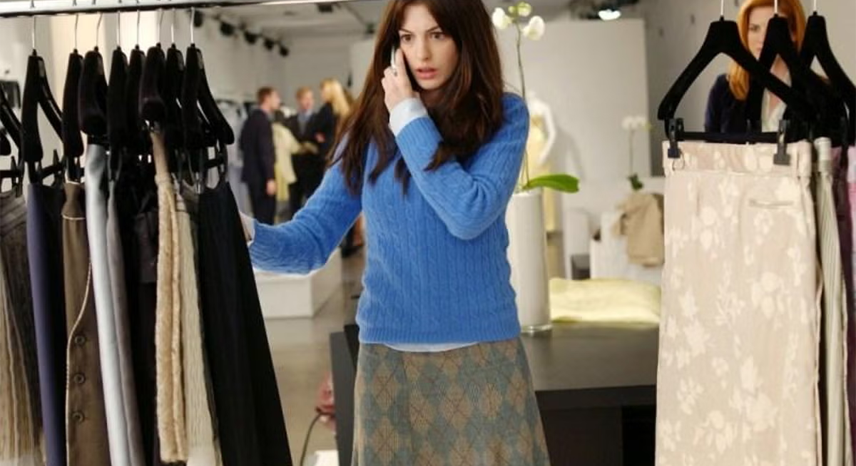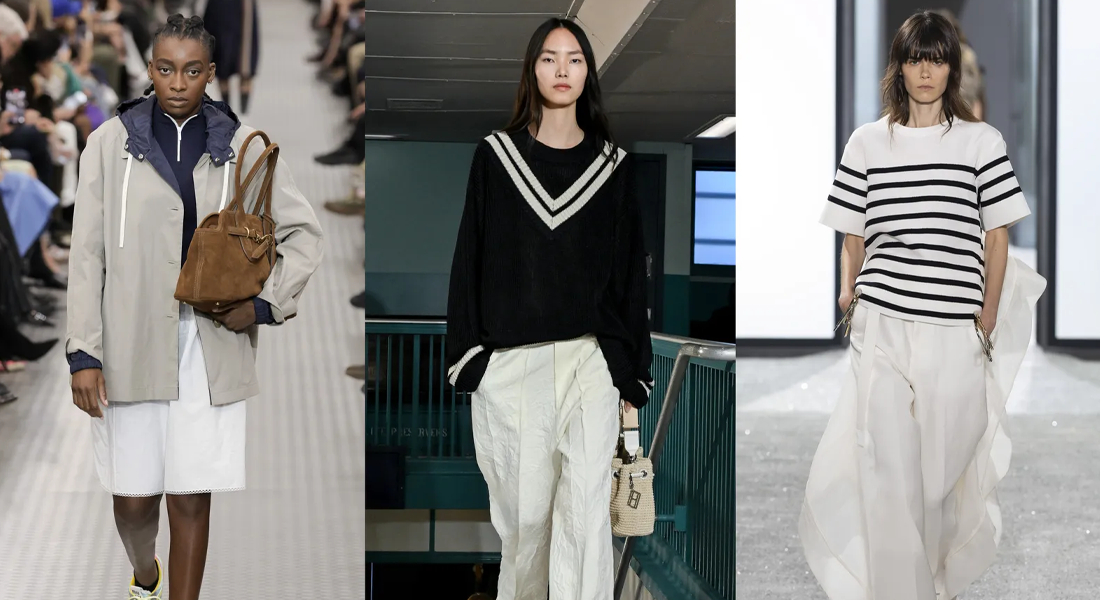The Ultimate Guide to Sustainable Fashion: How to Shop Ethically Without Sacrificing Style

What Is Sustainable Fashion?
At its core, sustainable fashion focuses on reducing environmental impact through ethical production methods, high-quality materials, and responsible consumption practices. It’s about making mindful choices that benefit both you and the planet. Key elements include:
- Ethical Production: Sustainable brands prioritize fair labor practices and safe working conditions. They often work directly with artisans or certified factories, ensuring that everyone in the supply chain is treated fairly.
- Eco-Friendly Materials: Look for clothing made from organic cotton, recycled polyester, bamboo, or other renewable resources. These materials have a lower environmental footprint than conventional fabrics.
- Responsible Consumption: Sustainable fashion encourages quality over quantity. By investing in timeless pieces that endure beyond seasonal trends, you reduce waste and promote a more circular economy.
- Transparency: Brands committed to sustainability share detailed information about their sourcing, production processes, and environmental impact. This transparency allows you to make informed choices that align with your values.
How to Shop Ethically
Building a sustainable wardrobe starts with making ethical choices at every step of your shopping process. Here are some practical strategies:
1. Research Brands Thoroughly:
Before purchasing, research a brand’s ethical practices. Look for certifications such as Fair Trade, GOTS (Global Organic Textile Standard), or B Corp. Read about their sourcing, production processes, and environmental policies on their website or trusted review sites.
2. Quality Over Quantity:
Resist the lure of fast-fashion trends. Instead, invest in a few well-made, timeless pieces that are designed to last. High-quality items might have a higher upfront cost, but they will serve you for years, reducing the need for constant replacements and lowering your overall environmental impact.
3. Explore Second-Hand and Upcycled Fashion:
Thrift stores, consignment shops, and online resale platforms (like Depop, Poshmark, and Vinted) offer unique, pre-loved items that add character to your wardrobe. Upcycling—reworking old pieces into something new—is another creative way to give your clothes a second life. Not only does this approach reduce waste, but it also allows you to create one-of-a-kind looks.
4. Consider Renting for Special Occasions:
For events where you want to wear something unique and luxurious, consider renting designer pieces instead of buying them outright. Renting allows you to enjoy high-end fashion for a fraction of the cost and avoids the long-term commitment to a single item.
5. Support Local and Independent Designers:
Local designers often focus on small-batch production and sustainable practices. Buying from these designers not only supports your community but also often means receiving a unique, well-crafted item that isn’t mass-produced.
Styling Your Sustainable Wardrobe
Creating a sustainable wardrobe is about more than just shopping ethically—it’s also about styling thoughtfully. Here are some tips to ensure your eco-friendly pieces shine:
1. Create a Capsule Collection:
A minimalist wardrobe made up of versatile, sustainable pieces can simplify your life while reducing waste. Start with a neutral color palette (black, white, navy, beige) and gradually add a few seasonal or trendy items to keep your style fresh.
2. Mix Old with New:
Blend second-hand treasures with sustainably produced modern pieces. For example, pair a vintage denim jacket with a new organic cotton tee. This mix-and-match approach creates a dynamic, layered look that is both sustainable and stylish.
3. Accessorize Mindfully:
Choose accessories that are ethically produced—whether it’s recycled jewelry, vegan leather bags, or sustainable footwear. Thoughtfully selected accessories can elevate even the simplest outfit and add a personal touch to your style.
4. Embrace Timeless Silhouettes:
Invest in classic designs that transcend seasonal trends. A well-cut blazer, a tailored pair of trousers, or a simple little black dress will never go out of style. These pieces form the backbone of a sustainable wardrobe and can be dressed up or down as needed.
5. Take Care of Your Clothing:
Proper maintenance is crucial for sustainability. Follow washing instructions, invest in quality hangers, and repair minor damages instead of discarding items. Regularly cleaning and caring for your clothes extends their lifespan, making each piece a long-term investment.
Sustainable fashion is about aligning your wardrobe with your values without sacrificing style. By making thoughtful shopping decisions, prioritizing quality over quantity, and integrating ethical practices into your daily life, you can build a wardrobe that is both chic and environmentally responsible. Your clothes become a reflection of your commitment to a better future, and every purchase can be a step toward a more sustainable world.
Embrace the journey of sustainable fashion—experiment with second-hand finds, mix and match timeless pieces, and let your style evolve as a statement of who you are and what you stand for. With a bit of creativity and intention, you can enjoy the best of both worlds: fashion that looks good and does good.











